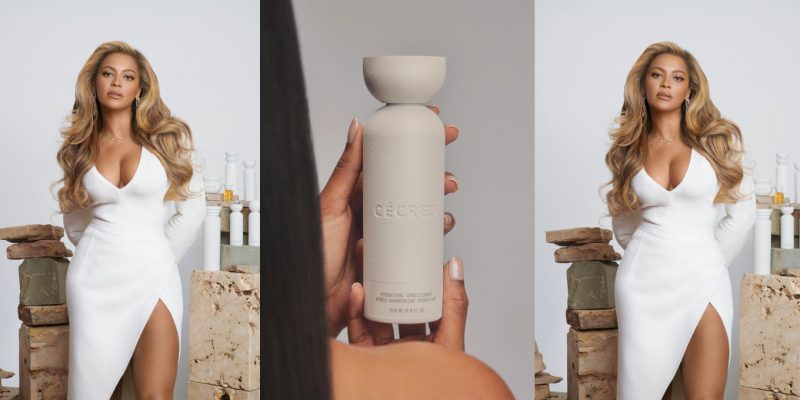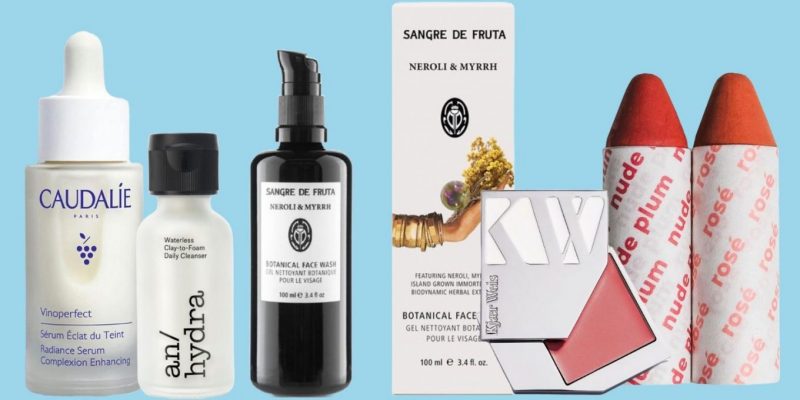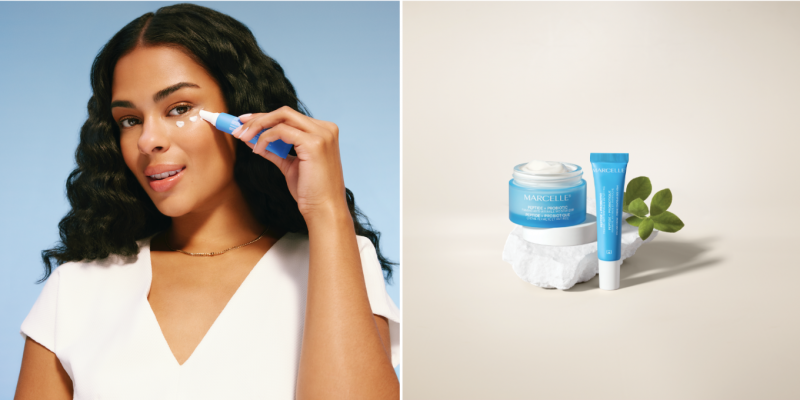Skincare
This Calgary Facialist Did 700 Virtual Chemical Peels During Quarantine
by : Victoria DiPlacido- Jul 13th, 2020
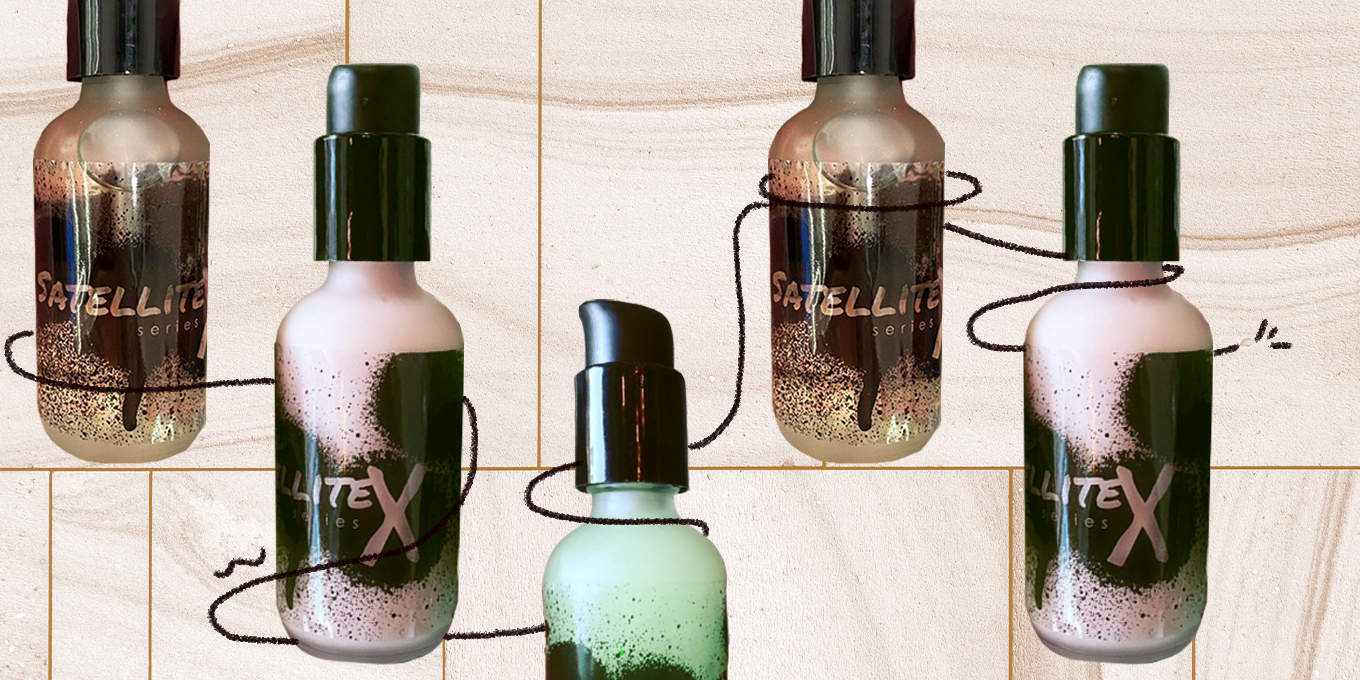
Getting a stranger to concoct a custom chemical peel or skincare product over the Internet sounds ill-advised, and Calgary-based cosmetic formulator and facialist Annie Graham tells me as much. However, Graham is a uniquely qualified stranger. The owner of XO Treatment Room had just completed a massive renovation of her studio in March when she closed due to the coronavirus pandemic. Her saving grace: part of the reno included expanding her in-house compounding lab, where she creates, tests and produces formulas for her skincare line, XO FACEcare. During the closure (her salon has recently reopened for select treatments), Graham pivoted from offering her custom facials to offering virtual custom skincare consults, in which she will edit down your skincare routine and fill in the gaps with a skincare product formulated just for you, or create a facial in a box, which could include a chemical peel, also personalized for your skin.
“I’ve been pushing peels for years; no one wanted them,” says Graham of the pre-COVID days, where clients were weary of the time-consuming side effects (usually redness, sometimes minor peeling and sometimes major peeling) of the treatment. “Who knew people were so busy? Now I can make chemical peels for everyone. It’s been non-stop.” Graham estimates she has seen close to 700 clients for chemical peels, from all across North America, during the pandemic.
What It’s Like to Do a Virtual Skincare Consultation
When I reach Graham on FaceTime for my consultation, she’s wearing a t-shirt that reads “heavy metal,” featuring a group of chemistry compounds. She asks my age (30), my biggest skin concern (hormonal breakouts) and for a list of the skincare products I’m currently using (far too many to list). She wants to know the specifics of my routine (Do you wash your face every morning and every night?) and the textures I like (Milky? Oily? Gel-based?). She then explains, in detail, how all the active ingredients I’m using – like benzoyl peroxide, retinol, vitamin C and BHAs/AHAs – effect my skin, and offers some of the most insightful, specific skincare suggestions that I’ve ever received. For example, she tells me I should look for another chemical form of vitamin C rather than the L-ascorbic acid I’ve been using. “Look for ethylated ascorbic acid,” she tells me. “It’s buffered and has an extra carbon molecule, which makes it less irritating. It will not irritate your acne because the pH does not have to be so acidic.”
She also, like many before her, tells me to cut back on the exfoliation (I know I overdo it, and yet, I won’t stop). What’s missing from my routine, she says, is something soothing. “You have a lot of offensive ingredients, not defensive,” she explains. We agree that she’ll create a calming serum and I share my preferred scent profile for the product. I also tell her to hide all the hydrating ingredients in the formula, because I dislike rich, heavy textures.
View this post on InstagramA post shared by xotreatmentroom (@xotreatmentroom) on
Making a Custom Skincare Product
Post-consultation, it takes Graham about two weeks to get through formulation, microbial testing and notifying Health Canada about the product. My serum arrives at my house about three weeks after our call. At 60 mL, it’s much larger in size and volume than most of the serums I’m currently using. (Graham says it should last several months with daily use.) The bottle comes with an instruction card and the full INCI list. It’s exactly what we discussed: lightly scented with all the soothing ingredients hidden (despite including two types of oil, the texture feels like a silky gel).
I’ve been using it every morning followed by an SPF 30 or above, and trying (trying) to cut down on exfoliation, as instructed. My skin is calmer and less irritated, but I’m also aware that I’ll need professional treatments, either more laser or a chemical peel, to really deal with my redness and post-inflammatory hyperpigmentation. “Treatments get you to where you want to be, products help you maintain that,” explains Graham, leaving me her signature reality check on what can – and cannot – be achieved through skincare. “If you have thirty years of Florida or Muskoka sun damage on your face, that’s not going to be fixed overnight with the amount of actives in skincare or cosmetics.”
Chemical Peel: Before, During and After

One of Graham’s virtual clients pre-chemical peel. (Emoji sunglasses for privacy.)
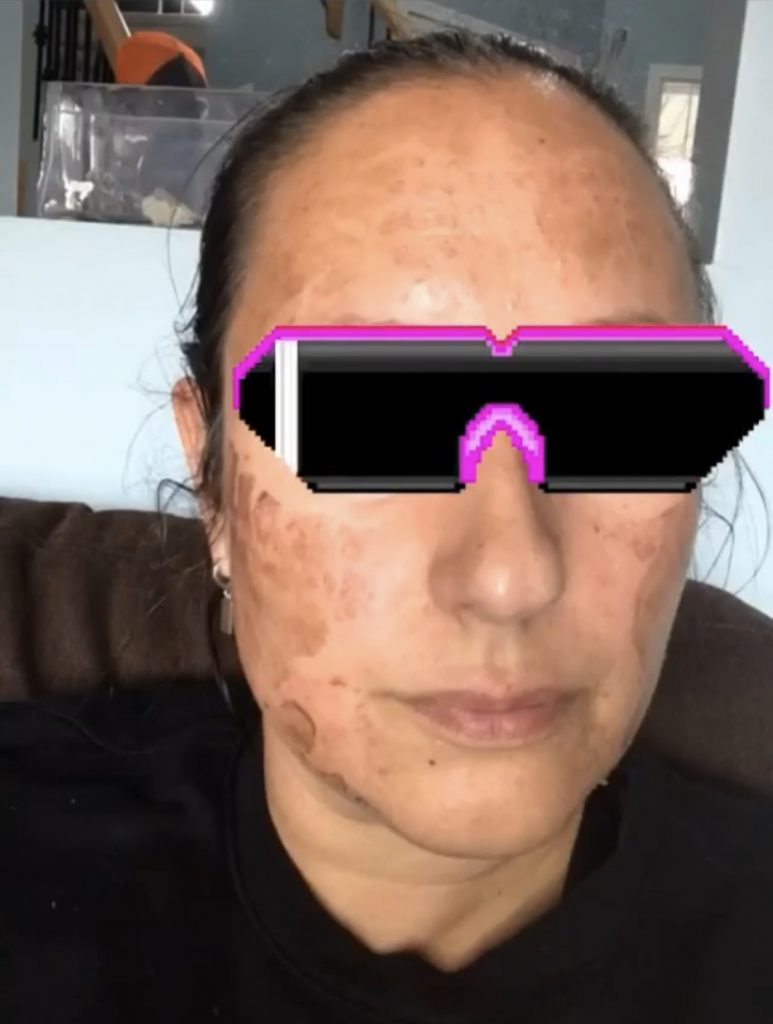
Client post-chemical peel.

The final results from the chemical peel.
READ MORE:
“Digital Aging” Is the Buzziest Phrase in Skincare
The Fragrance Company Behind Your Favourite Scents Is Working on An Early COVID-19 Detection Test
Newsletter
Join our mailing list for the latest and biggest in fashion trends, beauty, culture and celebrity.
Read Next

Culture
Zendaya and Tom Holland Have Reportedly Talked About Getting Married
Don’t expect them to discuss that on Instagram though.
by : Alyssa Bailey- Apr 26th, 2024
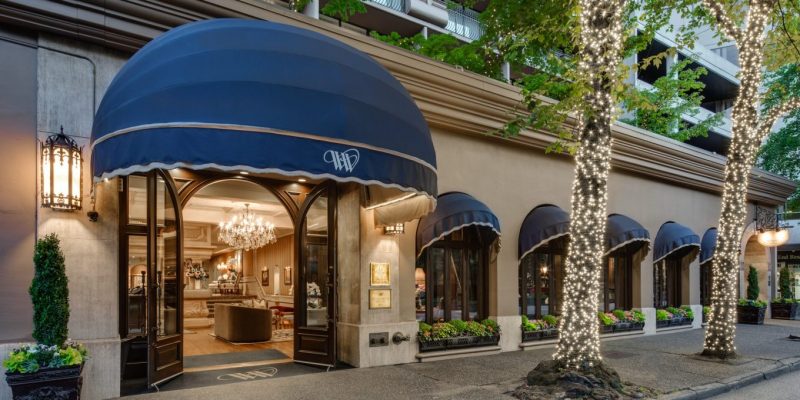
Culture
Where to Stay in Vancouver when Taylor Swift Comes to Town
Here's how to make the most of your weekend in Vancouver.
by : Allie Turner- Apr 26th, 2024

Beauty
Tested and Approved: Your New Hydrating Skincare BFF
This new product has all of your skin’s thirst-quenching needs covered.
by : ELLE Canada- Apr 17th, 2024

